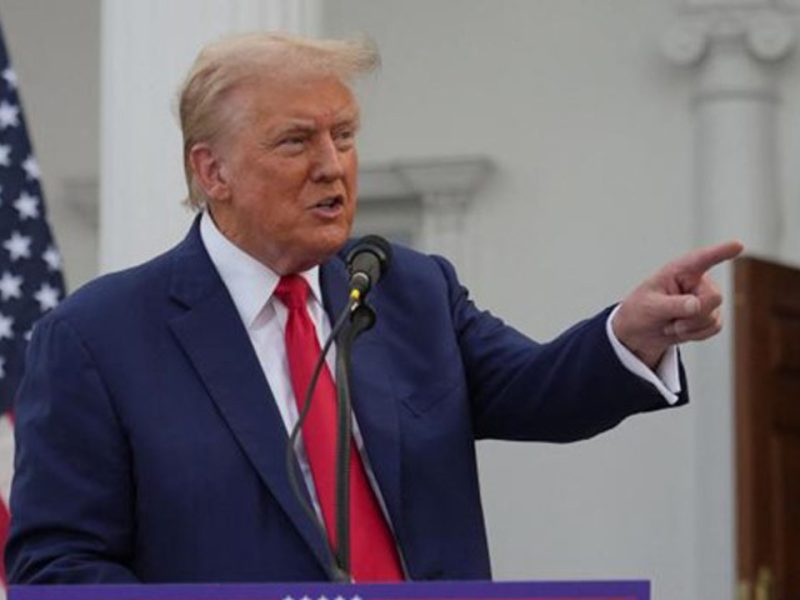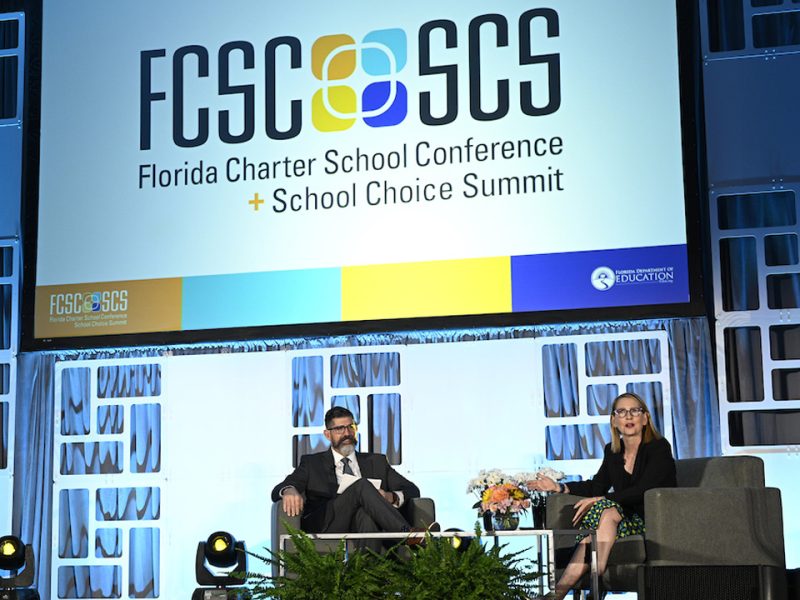Biden’s gambit: Will schools be ready to reopen in 100 days?
K-12 Dive | by Naaz Modan | January 19, 2021
President-elect Joe Biden is expected to bring significant changes for K-12 schools, but perhaps none is more awaited by school leaders than a coronavirus mitigation and school reopening strategy.
“The conversations we’ve had with [Education Secretary] nominee [Manuel] Cordona already indicate that they are focused on and that their top priority is COVID response,” said Noelle Ellerson Ng, associate executive director for advocacy and governance at AASA, The School Superintendents Association. “And in the frame of COVID response specific to schools, the priority is safely opening schools to the extent possible.”
That extent is still unclear.
In early December, Biden announced his key priorities for his first 100 days in office, which include reopening a majority of schools. This weekend, Biden’s transition team put out this statement: “On January 21, the president-elect will sign a number of executive actions to move aggressively to change the course of the COVID-19 crisis and safely re-open schools and businesses, including by taking action to mitigate spread through expanding testing, protecting workers, and establishing clear public health standards.”
“We can do it, if we give school districts, communities, and states the clear guidance they need, as well as the resources they will need that they cannot afford right now because of the economic crisis we are in,” Biden said during a speech in his home state of Delaware. “That means more testing and transportation, additional cleaning and sanitizing services, protective equipment, and ventilation systems in the schools.”
The promise seems too ambitious to some, but education and policy experts say it’s not impossible to fulfill.
When Biden first made the promise to reopen schools, a majority were open to some extent, according to Robin Lake, an education researcher and director of the Center on Reinventing Public Education, a research and policy analysis organization that is tracking district openings. “It’ll look like an accomplishment, but it’s actually where we are already” was Lake’s first thought.
“I think that makes the challenge less insurmountable than it might seem,” said Emily Oster, an economist and professor at Brown University.
However, districts are trending toward shutting down again. Seeing the turn in COVID-19 numbers, Lake thinks Biden’s promise is less feasible than she first thought.
What Biden needs to do
However, 100% of schools open within 100 days is not what Biden is promising, said Ellerson Ng. Rather, she said, the president-elect needs to show that the data allows schools “to likely be more open than they currently are.”
While a timeline for when all schools will successfully reopen is unclear, there are a few factors that are key, experts said. They include:
- Successful vaccination rollouts with educators prioritized.
- Access to and guidance for COVID-19 testing.
- Another stimulus package including enough funding for schools, which is planned.
Biden can step in to set a universal standard guiding district leaders through decisions about when to open and when to close. “Right now, states are using different metrics for that decision,” Lake said.
“One of the things that have been the most challenging is that there has been basically no guidance provided about how that should work,” said Oster, adding the administration can “provide a playbook.”
Guidance can also include granular details for new classroom operations, said Nora Gordon, an economist and associate professor at the Georgetown University McCourt School of Public Policy. Gordon’s research focuses on American education policy. “How far apart should people be sitting? What about on the bus? What if windows are open?” she said.
In addition, guidance around required or optional financial investments would be helpful for district leaders. “There are all these people out there selling all these different kinds of filtration systems, some of which are really expensive — so do you need a certain type of filter or not?” Gordon said.
Plus, said Ellerson Ng, the new administration could show “support for flexibilities at the state and the local level for school districts to modify their calendar,” including longer days, summer learning and a shift to a year-round model.
Others hope reopening under Biden is depoliticized.
“Trump in the summer said that [schools] should open, and that automatically drew battle lines among those who disliked the president and those who like the president,” Oster said. “Reopening in the fall went along political science rather than science guidelines. I think there’s an opportunity for a reset with Biden.”
Even after all schools reopen, though, “there will be lapses when we shut down a school or a building or a district,” Ellerson Ng said.
What Biden needs to consider
But even if schools can reopen safely, parents and politics may not make that possible. “There’s absolutely going to be communities where it’s safe [to reopen], the district has a plan, but the school can’t open,” Ellerson Ng said.
Teachers and staff that are immunocompromised or lack of childcare are real possibilities hindering buildings from reopening. When Chicago Public Schools reopened, for example, hundreds of teachers didn’t show up, heightening tensions between the district and its teachers union.
“Politics play a large role, especially teachers union politics,” Lake said. “If the new administration wants them to reopen, they’re going to have to engage not just in the science of reopening, but also the politics of reopening.”
Some districts have not reopened because of bargaining agreements, Lake said, with teachers wanting to be vaccinated before they return to buildings.
“I can imagine Biden striking a deal with them and their unions that will allow at least some schools to open,” said Mike Petrilli, president of the Thomas B. Fordham Institute, a right-leaning education policy think tank. “But 100% of American schools open within 100 days? I doubt it.”
And it’s not just teachers who want to be vaccinated, but also bus drivers, aides and other staff, Petrilli said: “That’s 6 million people, and at this pace, [it] doesn’t look good.”
Whether parents, especially those in communities hard-hit by the coronavirus, want to send their children back to the classroom could also be a deciding factor.
“Parent opinion on school opening is not science or data. It’s not hard fact, but it is hard reality,” Ellerson Ng said. “And superintendents who want to open the schools are particularly devoid of parent input.”
Finally, 100 days after Biden takes office will be right before summer vacation for many school districts. “Will it make sense to even bother with reopening schools with a month of the year left to go?” Petrilli said.
Ellerson Ng thinks “there’s way more room to put a lot of pressure and accountability on Biden for the fall,” especially considering that new federal relief funds would barely be trickling down to the local level to help districts reopen.
“If we have a false standard, we’re just setting everyone up for frustration and failure,” she said.
Photo: Photo illustration by Kendall Davis/Industry Dive; photographs by Gage Skidmore and Getty Images






